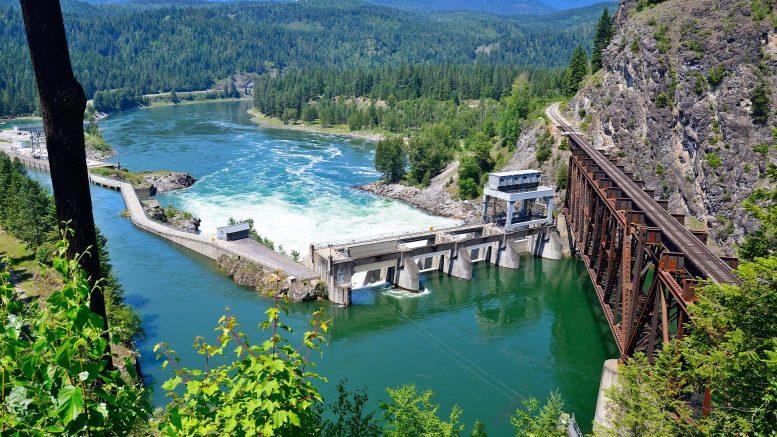
Box Canyon Dam in the US. New research has revealed that dam constructions in the US have flooded over 1.13 million acres of tribal land, contributing to the historic struggle against indigenous land dispossession. The study shows that dams have been a significant factor in land loss, with 424 dams flooding tribal lands across the country. The destruction has far-reaching consequences on ecosystems, cultural heritage, and livelihoods. Credit: IOP Publishing
Dam constructions in the US have flooded over 1.13 million acres of tribal land, contributing to indigenous land dispossession. The research highlights the destruction of ecosystems and culture and recommends dam removal where feasible. The findings present an opportunity to address historical land issues and respect indigenous rights.
Dam constructions have flooded over 1.13 million acres of tribal land in the US contributing to the historic and ongoing struggle against land dispossession for indigenous peoples in the United States. New research, published today (August 9) in the journal Environmental Research Letters, has identified that a region of tribal land larger than the state of Rhode Island has been submerged by dams in the US. The findings raise concerns about the destruction of ecosystems, cultural heritage, and livelihoods.
Impact of Dams on Native Lands
The new study shows that dams have significantly contributed to land loss of native people, a factor that has not been fully quantified until now. Over the centuries, colonial settlers and the federal government have acquired over two billion acres from native nations through various policies, including forced removal, allotment, and the reservation system. The study considers data from federal Indian reservations and Oklahoma Tribal Statistical Areas (OTSAs) alongside the locations of nearly 8,000 dams across the United States and the size of their reservoirs. The research reveals that 424 dams have flooded 1.13 million acres of tribal land in the US.
Consequences of Dam-Induced Land Loss
Heather Randell, Assistant Professor of Rural Sociology and Demography at Penn State University, says: “The consequences of dam-induced land loss are far-reaching. The disruption of aquatic and terrestrial ecosystems not only devastates natural resources but also destroys culturally significant sites. The impact on local communities’ livelihoods and displacement from their ancestral lands is equally severe.”
Recommendations and Opportunities
Recommendations proposed by the research team include the prioritization of dam removal wherever feasible, along with exploring alternatives such as tribal ownership or funding for dam repairs and improvements in cases where removal is not viable.
“In the wake of recent federal legislation addressing aging infrastructure in the United States, it is important to prioritize removing dams that have flooded tribal land,” Randell continues. “This is an opportunity to address historical land dispossession and to respect the sovereignty and rights of indigenous communities.”
Reference: “Dams and Tribal Land Loss in the US” by Heather Randell and Andrew Curley, 9 August 2023, Environmental Research Letters.
DOI: 10.1088/1748-9326/acd268

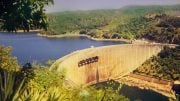

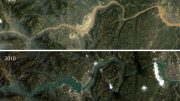
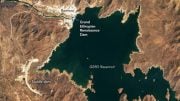
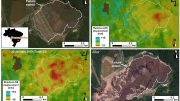
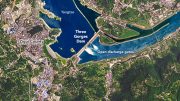
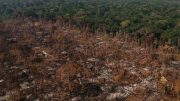
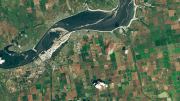
That happens to all people worldwide. Dams flood land. Sometimes they let extra water out, showing old to ancient towns emerging. This article oozes false-piety; you can respect people by providing them electricity. Penn State has an annual budget of nearly $9 Billion and owns 22,484 acres, and is welcome to prioritize removing itself; give all that away before using computers to whine about electricity generation.